Wild Side of Cats (2013)
Cat experts explain the behaviors of domestic cats and how their sometimes undesirable actions are really innate instincts, revealing how closely they are still connected to their wild ancestors.
Cat experts explain the behaviors of domestic cats and how their sometimes undesirable actions are really innate instincts, revealing how closely they are still connected to their wild ancestors.
 Laurel LefkowSelf - Narrator (voice)
Laurel LefkowSelf - Narrator (voice)Explore the extraordinary hidden world of insects, where a leaf weighs more than a car, rain drops feel like exploding hand grenades and a blade of grass soars like a skyscraper. Shot on location in the Borneo rainforest, Bugs! brings the beautiful and dangerous universe of its tiny stars up close and personal with cutting-edge technology that magnifies them up to 250,000 times their normal size.
Travel to the ice mountains of Chile to discover the secrets of the puma (aka panther, mountain lion and cougar) the area's largest predator. Discover how this elusive cat survives and follow the dramatic fate of a puma and her cubs.
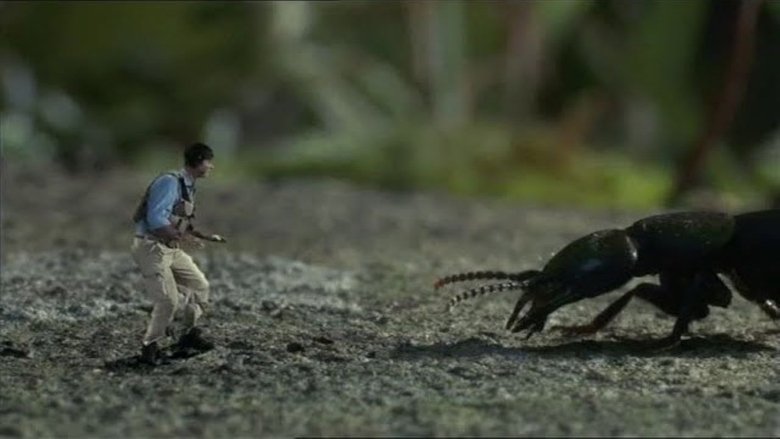
ITV Naturalist Nigel Marven stars in this drama-documentary in which he explores his own back garden, in all its intricate detail. Shrunk to the size of an ant, he and his two companions - technical assistant Laura Green (Sarah Matravers) and driver Doug Kruger (Robin Lawrence) - embark on a mission to cross Nigel's back garden in just 24 hours. Along the way they meet some of the many thousands of creatures that fight for survival every day in these urban jungles .
Lake Tanganyika is an 'Ocean' in Africa. Millions of years ago it was colonized by a little fish called 'Cichlid'. Otters, crocodiles, cobras and cormorants all hunt the fish in clear water. How the Cichlid survived and evolved is an incredible story for, millions of years later, there are over 200 new species - all found only in Lake Tanganyika. Incredibly, they have evolved to look like coral reef fish. There are cichlid equivalents of tuna, snapper, gobies and goatfish. They have evolved bizarre methods of breeding with mouth-incubation, lekking and, unique amongst fish, there is even a cuckoo. Despite all their specialization over millions of years, if an opportunity presents itself, the little fish can behave like their unspecialized ancestor. In the climax of the film, they bang together to feast on a hatch of sardine fry. This is the story of how one little fish has conquered a lake.
In Africa there is a fable that explains the creation of the tides. When a hyaena challenged a mudskipper to a drinking contest to decide who should own the shore, the god Mungu tilted the earth so the sea flowed inland, and neither could win.
Everyone loves their Cats and people love their Dogs. But which do they love most? This heartfelt documentary, hits the streets of London and Los Angeles to get to the bottom of this age-old debate. Which is better, Cats or Dogs?
In this moving and informative documentary, the rescue me team goes to the United Kingdom to exam a local home-grown cat rescue and a larger national organization.
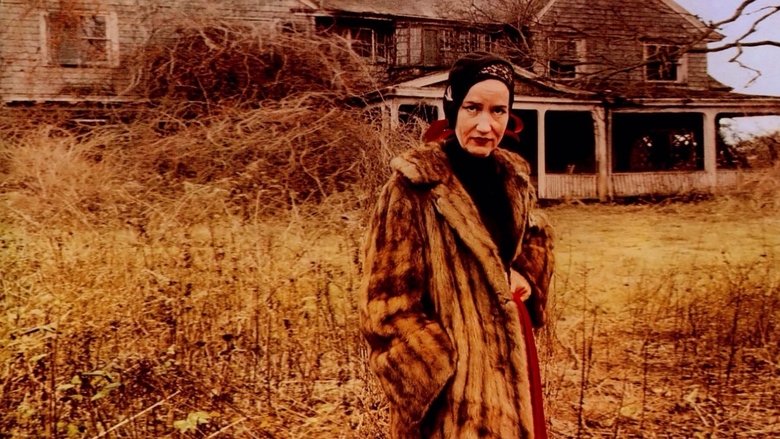
Edie Bouvier Beale and her mother, Edith, two aging, eccentric relatives of Jackie Kennedy Onassis, are the sole inhabitants of a Long Island estate. The women reveal themselves to be misfits with outsized, engaging personalities. Much of the conversation is centered on their pasts, as mother and daughter now rarely leave home.
Follow Kelvin Peña across America as he explores the country's natural wonders, meeting interesting individuals and various wildlife along the way.
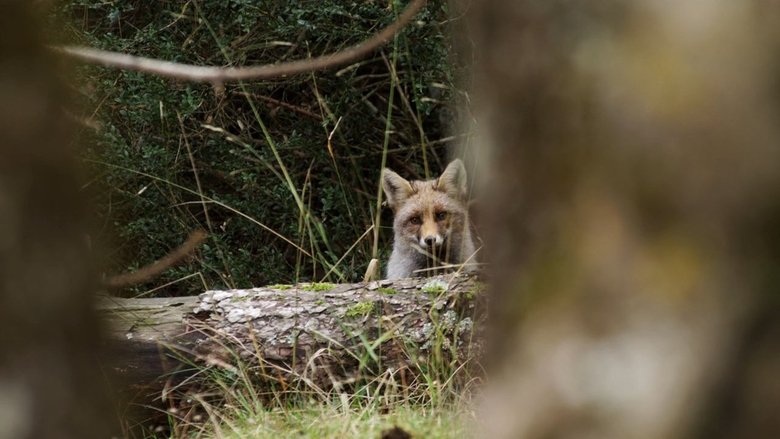
'Guadalquivir' is a feature length documentary directed by Joaquín Gutiérrez that features a fox, an animal that has adapted, living in packs and alone and that is a carnivore, vegetarian and even carrion. The camera follows the path of the fox by the Sierras de Cazorla, Segura and Las Villas.
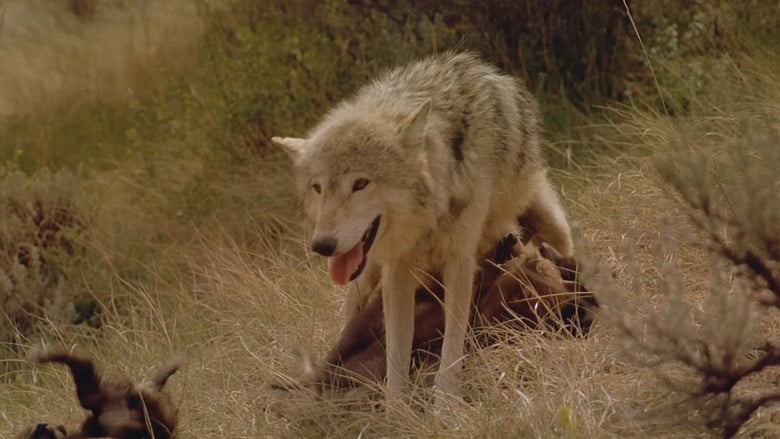
A look at the great wolf debate with comments and views from people on both sides. It also contains footage of Natives dressing up & doing tribal dances. The link between wolves, bison, and Native Americans; as well as white man's reasoning behind their determination to eliminate bison and wolves from the landscape.
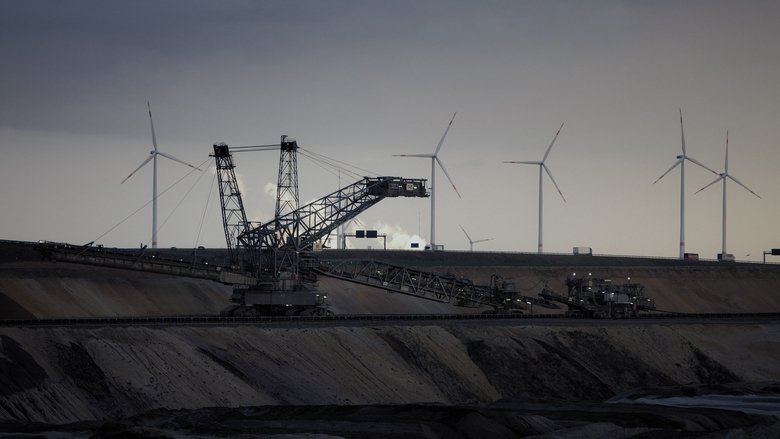
In today's climate debate, there is only one factor that cannot be calculated in climate models - humans. How can we nevertheless understand our role in the climate system and manage the crisis? Climate change is a complex global problem. Increasingly extreme weather events, rising sea levels, and more difficult living conditions - including for us humans - are already the order of the day. Global society has never faced such a complex challenge. For young people in particular, the frightening climate scenarios will be a reality in the future. For the global south, it is already today. To overcome this crisis, different perspectives are needed. "THE UNPREDICTABLE FACTOR" goes back to the origins of the German environmental movement, accompanies today's activists in the Rhineland in their fight against the coal industry and gives a voice to scientists from climate research, ethnology and psychology.
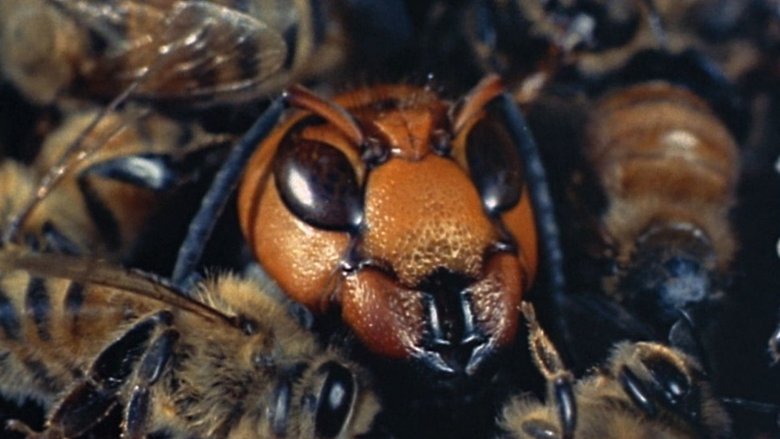
A scientist explains how the savagery and efficiency of the insect world could result in their taking over the world.
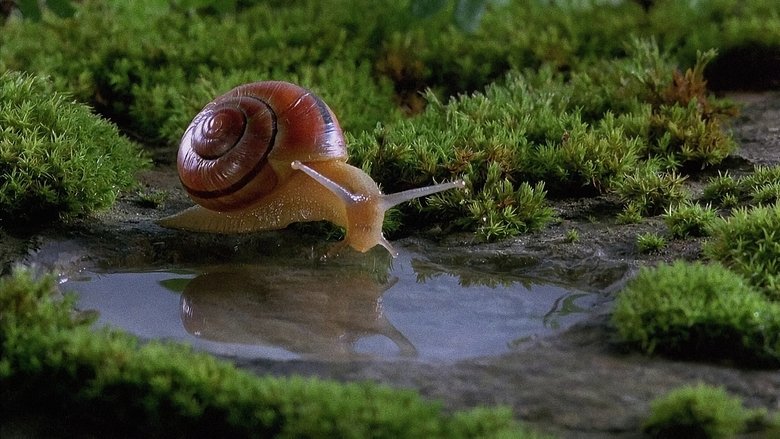
A documentary of insect life in meadows and ponds, using incredible close-ups, slow motion, and time-lapse photography. It includes bees collecting nectar, ladybugs eating mites, snails mating, spiders wrapping their catch, a scarab beetle relentlessly pushing its ball of dung uphill, endless lines of caterpillars, an underwater spider creating an air bubble to live in, and a mosquito hatching.
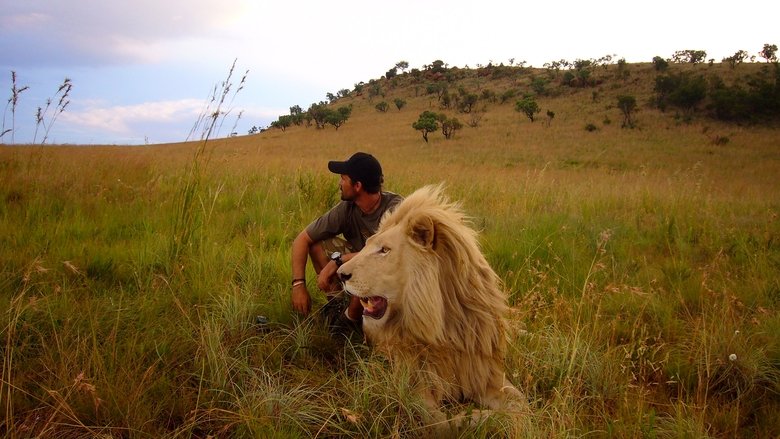
A documentary that leads the audience from Namibia to Kilimanjaro to explore the African wildlife.
Set against the backdrop of one of Africa's most stunning locations – the Samburu National Reserve in northern Kenya – this compelling series follows the remarkable stories of wild elephants. From the first faltering steps of Breeze, a new born, to the experiences of elderly matriarch Harmattan, this series explores behaviour and relationships revealing elephants to be caring and compassionate beings.
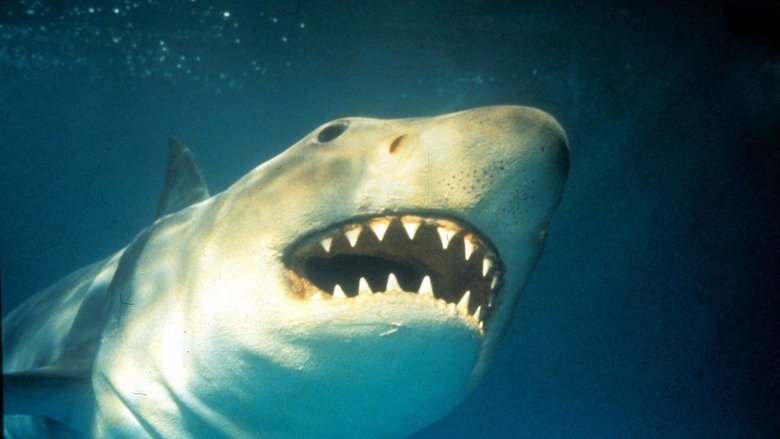
On a hot summer day, a young man from Philadelphia goes for an afternoon dip; when he is 40 feet from shore he gets attacked and dies; five days later, the Bell Captain at a popular beachside resort is also attacked.
Little Monsters presents some of the animal kingdom’s strangest survival strategies: poison dart frogs, chameleons, praying mantises and scorpions, to name but a few. Thanks to 3D visualization, large audiences can experience a chameleon thrusting out its tongue at close range, rattlesnakes striking at their targets to within fractions of an inch, praying mantises hunting and hummingbirds feeding, filmed from inside the flower! And with its ingenious combination of slow-motion 3D and timelapse 3D, “Little Monsters” even improves upon state of the art 3D for greater impact, yielding unbelievable scenes the world has never seen and “felt” before.
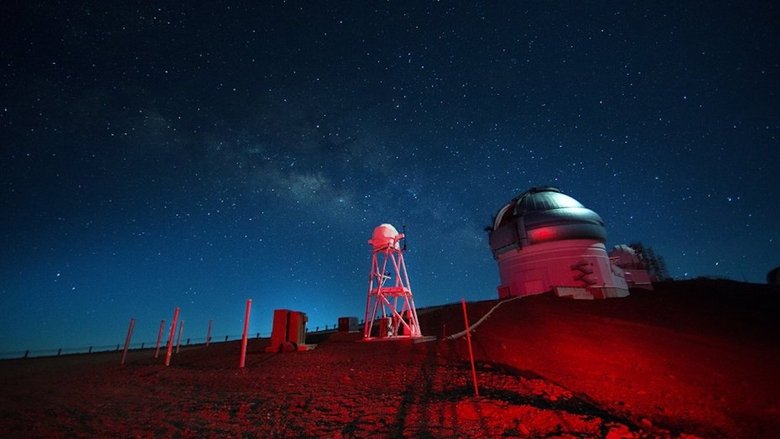
An epic documentary film that sends nine scientists to extraordinary parts of the world to uncover unexpected answers to some of humanity’s biggest questions. How did life begin? What is time? What is consciousness? How much do we really know? By introducing researchers from diverse backgrounds for the first time, then dropping them into new, immersive field work they previously hadn’t tackled, the film pushes the boundaries of how science storytelling is approached. What emerges is a deeply human trip to the foundations of discovery and a powerful reminder that the unanswered questions are the most crucial ones to pose. Directed by Emmy-nominated and Peabody Award-winning filmmaker Ian Cheney and advised by world-renowned filmmaker Werner Herzog, The Most Unknown is an ambitious look at a side of science never before shown on screen.